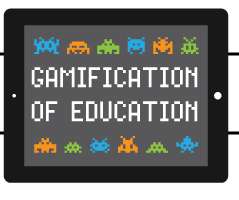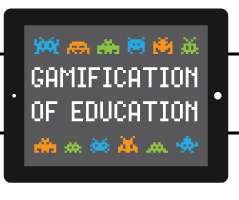Ed Tech Vocab: Keeping Up with Trends in Education
eSpark
APRIL 7, 2022
Flipped classroom is a teaching model in which the traditional classroom and at-home components of a class are switched. With the use of BYOD and 1:1 programs gaining popularity, students should be aware of the issues involved with technology. Learn more about implementing edtech into your classroom here.















Let's personalize your content